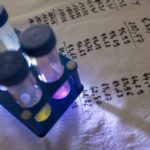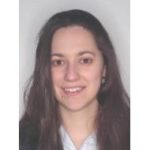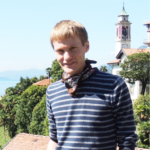Link to Pubmed [PMID] – 35303737
Link to HAL – inria-03625766
Link to DOI – 10.1371/journal.pcbi.1009950
PLoS Comput Biol 2022 Mar; 18(3): e1009950
Understanding and characterising biochemical processes inside single cells requires experimental platforms that allow one to perturb and observe the dynamics of such processes as well as computational methods to build and parameterise models from the collected data. Recent progress with experimental platforms and optogenetics has made it possible to expose each cell in an experiment to an individualised input and automatically record cellular responses over days with fine time resolution. However, methods to infer parameters of stochastic kinetic models from single-cell longitudinal data have generally been developed under the assumption that experimental data is sparse and that responses of cells to at most a few different input perturbations can be observed. Here, we investigate and compare different approaches for calculating parameter likelihoods of single-cell longitudinal data based on approximations of the chemical master equation (CME) with a particular focus on coupling the linear noise approximation (LNA) or moment closure methods to a Kalman filter. We show that, as long as cells are measured sufficiently frequently, coupling the LNA to a Kalman filter allows one to accurately approximate likelihoods and to infer model parameters from data even in cases where the LNA provides poor approximations of the CME. Furthermore, the computational cost of filtering-based iterative likelihood evaluation scales advantageously in the number of measurement times and different input perturbations and is thus ideally suited for data obtained from modern experimental platforms. To demonstrate the practical usefulness of these results, we perform an experiment in which single cells, equipped with an optogenetic gene expression system, are exposed to various different light-input sequences and measured at several hundred time points and use parameter inference based on iterative likelihood evaluation to parameterise a stochastic model of the system.




